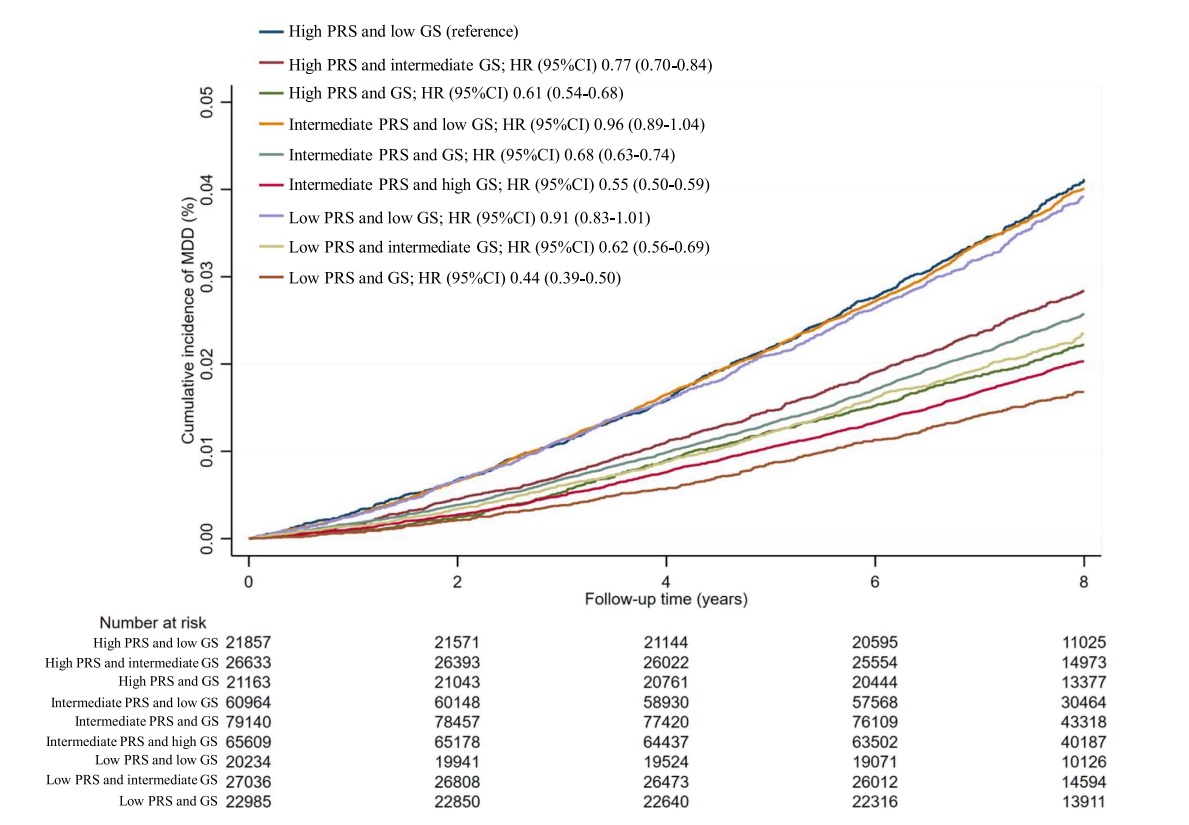
This study sheds doubt on the impact of the food matrix on anabolism, as it found that eating salmon as a whole-food matrix is similarly anabolic compared to ingesting the same nutrients as an isolated mixture of crystalline amino acids and fish oil following resistance exercise. 



- The study tried to assess the effects of eating salmon versus ingesting the same nutrients as an isolated mixture of crystalline amino acids and fish oil on the stimulation of post-exercise myofibrillar protein synthesis and whole-body leucine oxidation rates.
- Ten recreationally active adults performed an acute bout of resistance exercise followed by the ingestion of salmon or the isolated mixture in a crossover fashion.
- The ingestion of salmon resulted in a more prolonged postprandial increase in plasma leucine concentrations...
...which led to a delayed stimulation of whole-body leucine oxidation rates when compared to the ingestion of isolated nutrients during the immediate recovery period after resistance exercise.
- The ingestion of salmon also resulted in lower postprandial insulin concentrations, and larger plasma EPA concentrations. 

- However, both the temporal (0-2 or 2-5 h) and cumulative (0-5 h) stimulation of post-exercise myofibrillar protein synthesis rates were not statistically significantly different between the two conditions.
Underpinning the food matrix regulation of post-exercise myofibrillar protein synthesis by comparing salmon ingestion versus the sum of its isolated nutrients in healthy young adults
doi.org/10.1016/j.tjnu…
#protein #exercise #muscle #strength #lift #GetStrong
doi.org/10.1016/j.tjnu…
#protein #exercise #muscle #strength #lift #GetStrong
• • •
Missing some Tweet in this thread? You can try to
force a refresh










